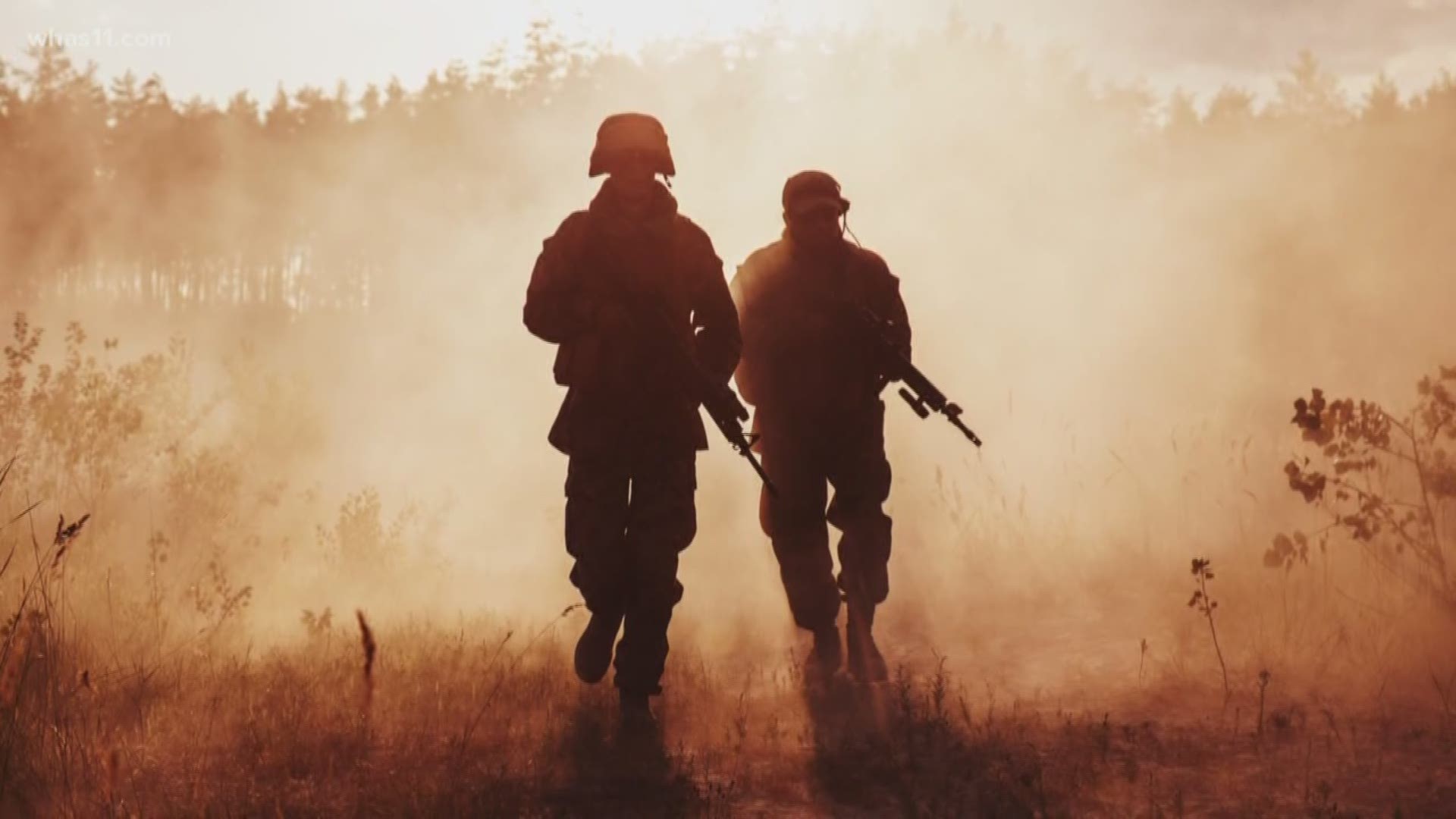LOUISVILLE, Ky. — You may have seen the headlines popping up over the past few days about a federal judge in Texas ruling that the military draft cannot be exclusive to men.
You may not know what lead up to that ruling, and what it actually means for the country going forward.
So let’s break it down. Professor Jamie Abrams, who teaches at the Brandeis School of Law at the University of Louisville sat down with WHAS11 to lend a hand.
First, a quick history lesson:
The case today can be traced back to a Supreme Court case in 1981 - Rostker vs. Goldberg. Back then, women were not eligible for any combat roles in the military, so the Court ruled that it was constitutional to exclude them from the draft.
Flash forward to 2015, though, and there was an important change.
"In 2015… reversed the position for women’s role in combat and opened up the doors for all branches of the military for women to serve in combat positions," Professor Abrams said.
Two men in Texas have argued in court that because women are now eligible for combat roles in the military, the Supreme Court precedent from the 80's exempting them from the draft should no longer apply, and a judge agreed with them.
Hence, the headlines and all the comments we're seeing this week.


Now, it is important to note this is not an injunction from the court. It’s not requiring any specific action from the government right away, and it’s very likely we’ll see this decision appealed to higher courts.
This means we’re not going to be seeing girls start registering for the draft when they turn 18 any time soon. Besides, even men haven’t actually been drafted into combat since the 1970's.
However, Professor Adams says it would be a mistake to see this ruling as only symbolic.
"Military service today looks very different than military service did historically. The kinds of technologies we use, the ways we engage in combat are very different," she said.
She also said that this ruling puts the entire concept of the draft into question.
"Do we need a draft in modern times? And what is the most effective way to run and administer the draft if we do need it? It will really put pressure on Congress to get moving on its own study on what is the best way to fill a military if we need to move beyond our voluntary enlistment."
---
Want to know "WHAS up" with something? Rob Harris is your guy. He's talking to some of the smartest people in our community to find out more about science, history, urban legends, local quirks, and more.
Have a question or topic you want him to check out? Send him a tweet or a Facebook post.

